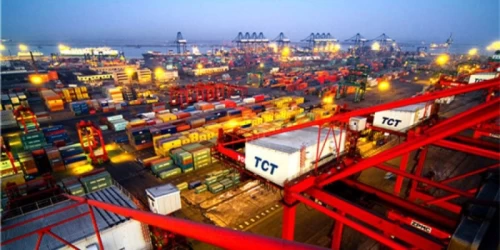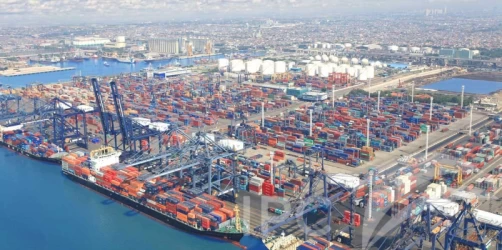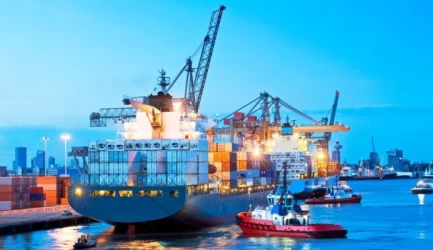Guide to trade with Oman, sea freight
Oman, located strategically at the crossroads of Asia and Africa, is an emerging hub for international trade. With its rich history of maritime commerce and several key ports, Oman offers significant opportunities for businesses looking to expand their trade networks. This guide explores the essential aspects of trading with Oman, focusing on maritime transportation.
Oman's Economic Landscape
Oman boasts a diverse economy, heavily reliant on oil and gas but increasingly diversifying into sectors like tourism, agriculture, and manufacturing. The government has been actively promoting foreign investment and establishing Oman as a competitive trade hub in the Gulf region.
Key Ports in Oman
Oman is home to several important ports that facilitate maritime trade, including:
- Port of Salalah: Known as one of the largest and busiest ports in Oman, Salalah serves as a crucial transshipment hub, linking shipping routes from Europe, Asia, and Africa. The port has advanced infrastructure, enabling efficient loading and unloading of goods.
- Port of Muscat: As the capital's main port, Muscat is vital for both commercial and passenger traffic. The port supports local trade and connects Oman to international markets.
- Port of Sohar: Situated north of Muscat, Sohar is a significant industrial and trade port, offering deep-water facilities and modern logistics services, making it ideal for various industries, including petrochemicals and manufacturing.
Maritime Transportation
Maritime transportation is a critical component of Oman's trade landscape. The benefits of using maritime transport include:
- Cost-Effectiveness: Shipping goods via sea is generally more economical than air freight, especially for bulk cargo.
- High Capacity: Ships can carry large volumes of goods, making them suitable for businesses looking to import or export significant quantities.
- Global Connectivity: Oman's strategic location along key shipping routes enhances its connectivity to international markets.
Challenges in Maritime Trade
Despite its advantages, maritime transportation in Oman faces several challenges:
- Time Sensitivity: Sea freight can be slower than other transport methods, making it less suitable for time-sensitive goods.
- Weather Conditions: Adverse weather can disrupt shipping schedules and impact delivery times.
- Customs Regulations: Understanding Oman’s customs regulations and procedures is crucial for smooth import and export operations.
Strategies for Successful Trade with Oman
To maximize success when trading with Oman, consider the following strategies:
- Market Research: Conduct thorough research to understand Oman's market demands, consumer preferences, and competitive landscape.
- Partnerships with Local Businesses: Collaborating with local companies can facilitate market entry and help navigate cultural and regulatory challenges.
- Compliance with Regulations: Familiarize yourself with Oman's trade and customs laws to avoid potential pitfalls and ensure smooth transactions.
- Utilizing Logistics Services: Leverage logistics providers experienced in Omani operations to streamline shipping and distribution processes.
Conclusion
Trade with Oman presents numerous opportunities for businesses, particularly in the realm of maritime transportation. With its strategic ports and supportive economic policies, Oman is poised to be a key player in the global trade network. By understanding the market dynamics, leveraging local partnerships, and navigating the complexities of maritime logistics, businesses can successfully tap into Oman's growing economy and expand their international reach.
If you have any specific questions or need further assistance, feel free to ask!











